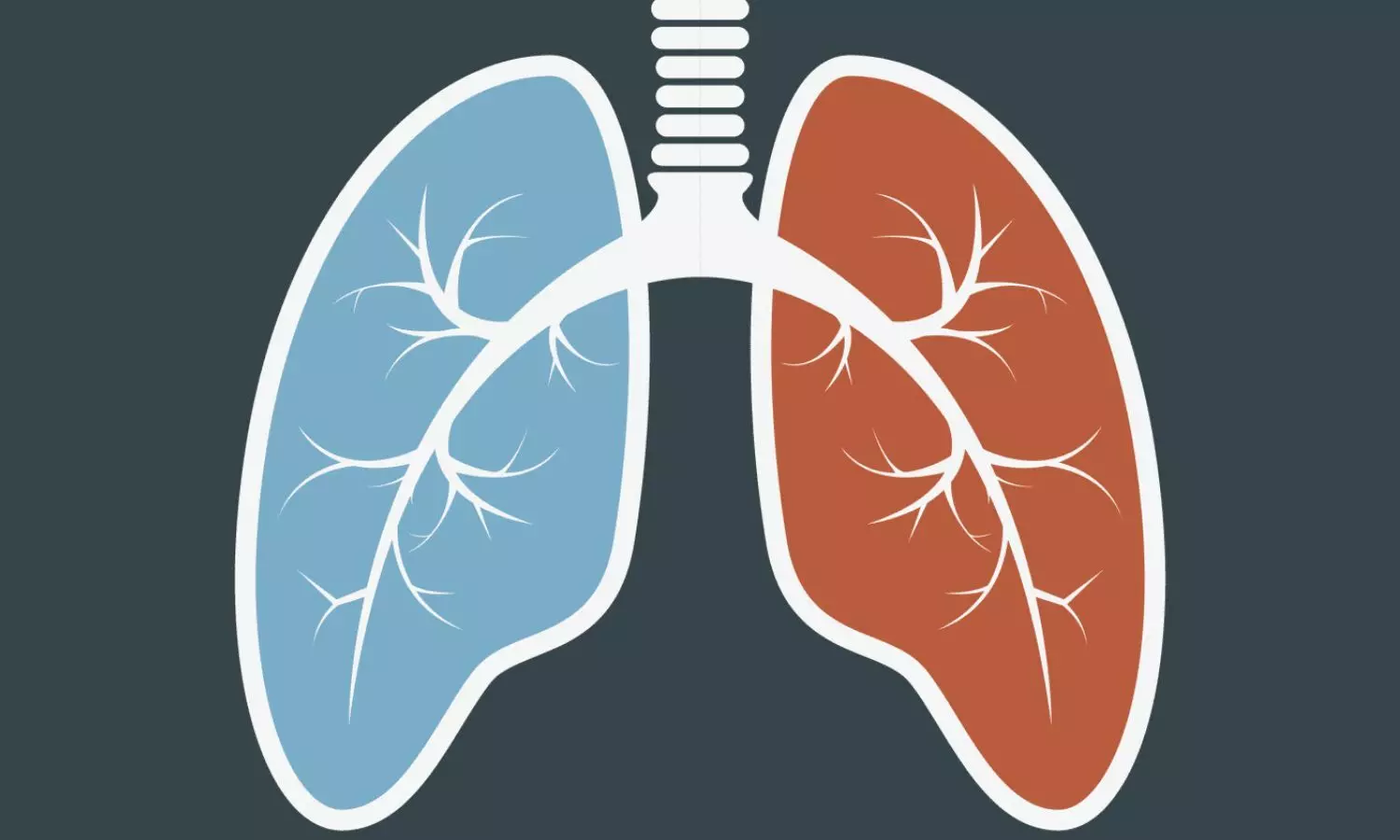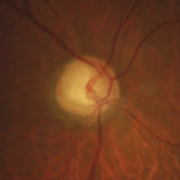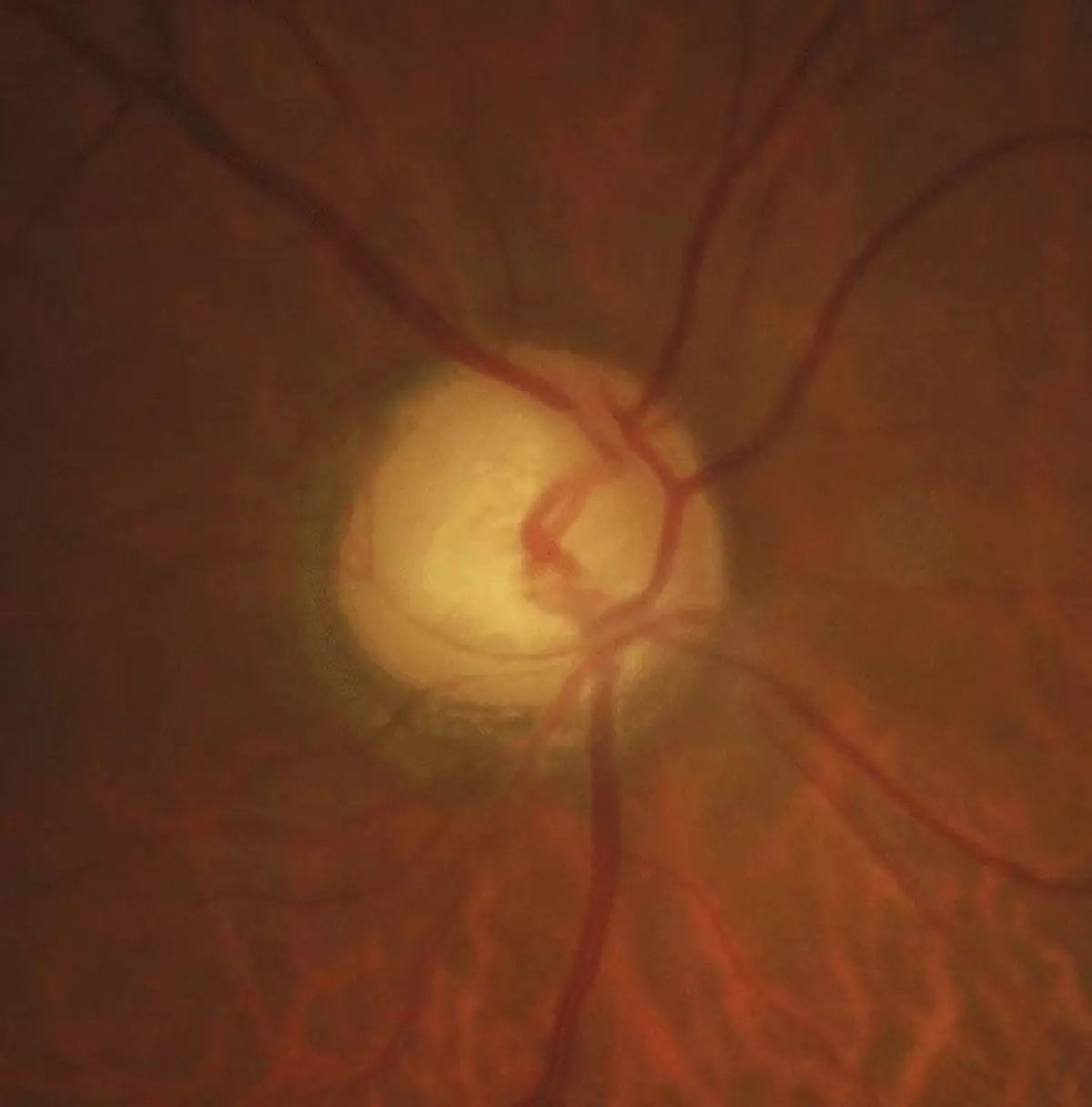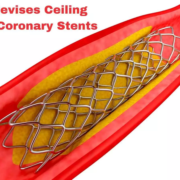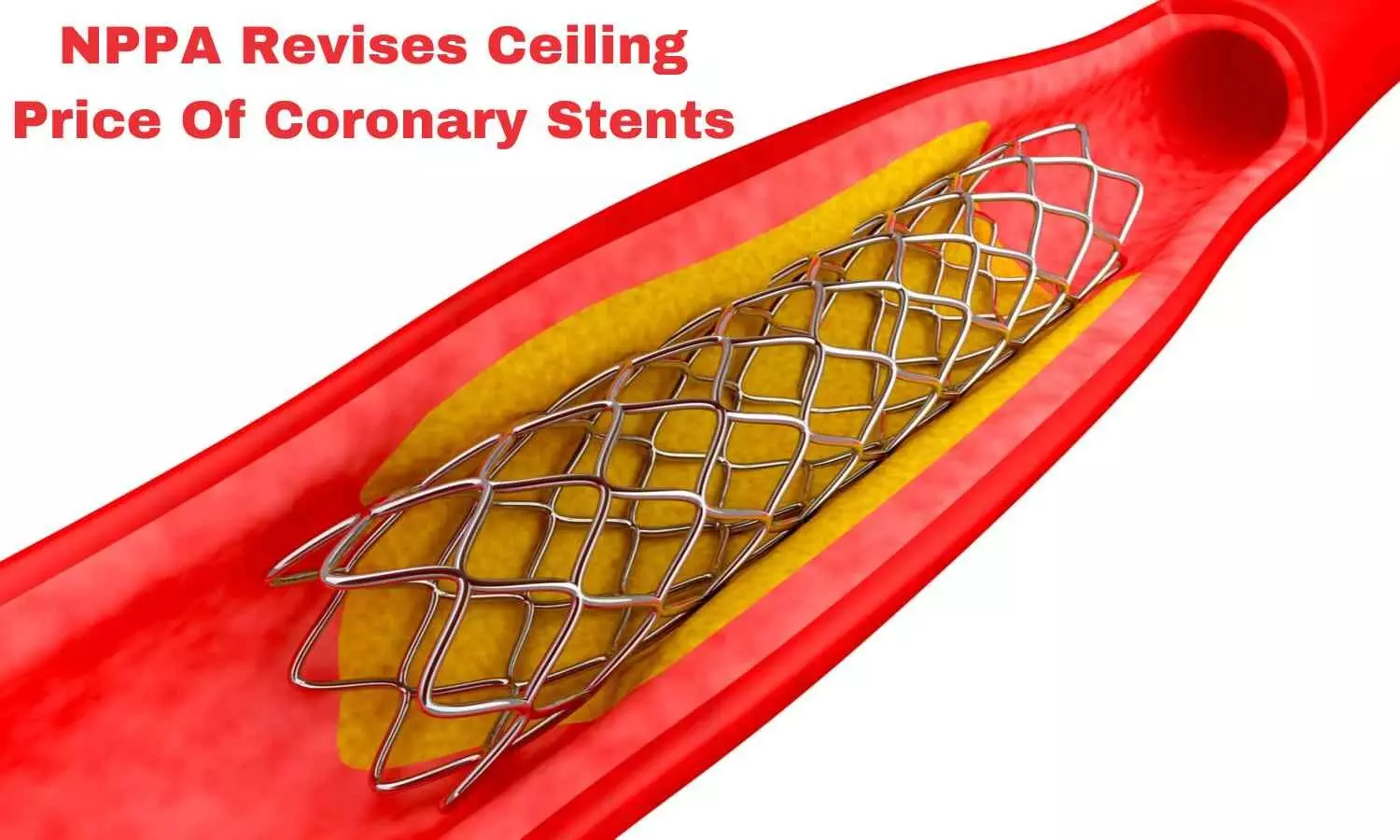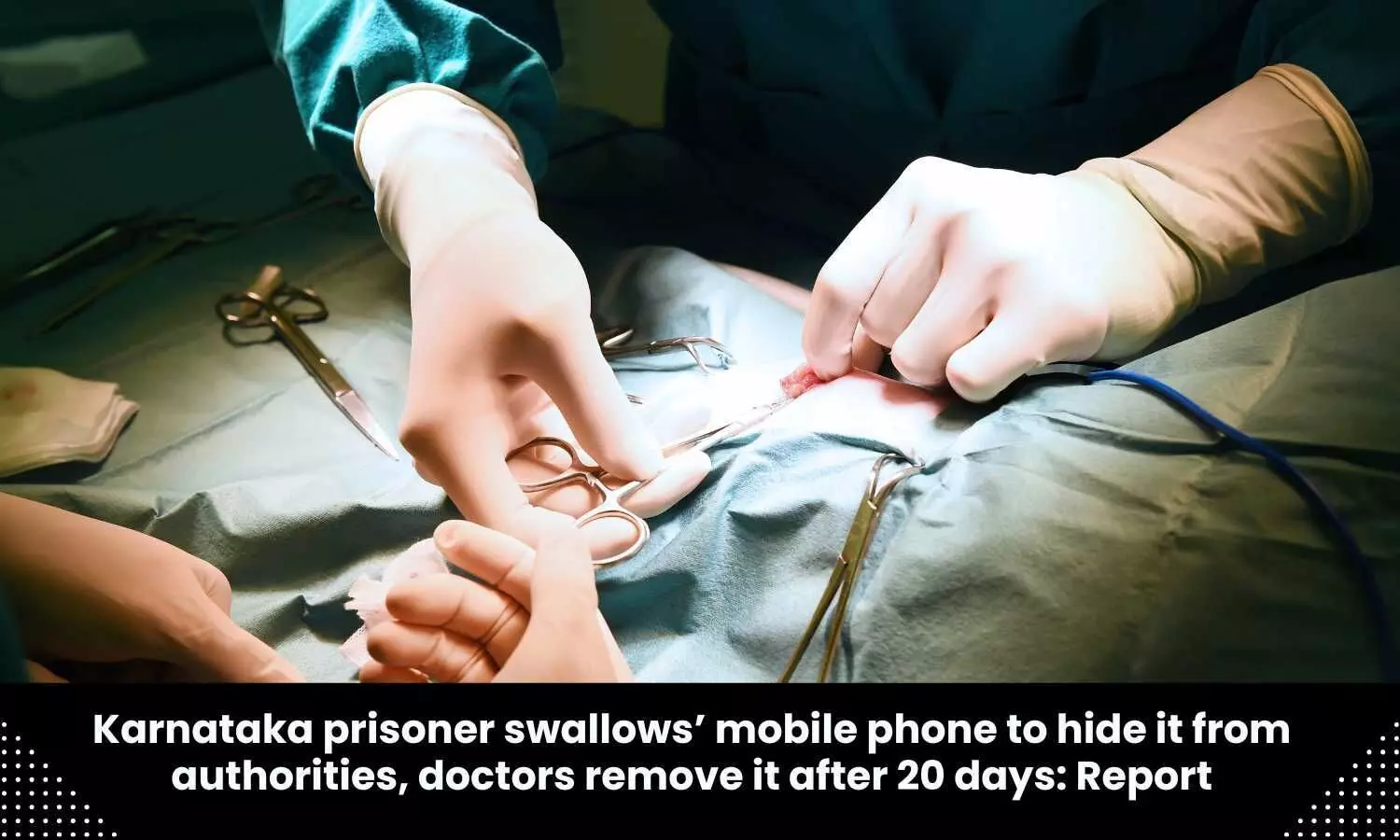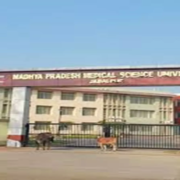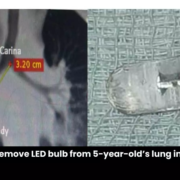AI-Enabled ECG System Can Reduce Mortality in Hospitalized cardiac Patients: Nature

A recent trial published in the Nature Medicine journal found an artificial intelligence (AI)-enabled electrocardiogram (ECG) system to demonstrate significant potential in reducing mortality rates among the hospitalized patients. The study involved 39 physicians and close to 15,965 patients to evaluate the effectiveness of AI-driven alerts in identifying the mortality of patients at high risk.
The primary outcome of the trial was positive by showing a reduction in all-cause mortality within 90 days. The results indicated that 3.6% of patients in the AI-ECG alert intervention group died within this period when compared to 4.3% in the control group. This translates to a hazard ratio (HR) of 0.83 with a confidence interval (CI) of 0.70–0.99 that signals towards a statistically significant improvement in patient outcomes due to the intervention.
A deeper analysis revealed that the most significant benefits were observed in patients who were identified by the AI system as high-risk based on their ECG readings. In this sub cohort, the reduction in all-cause mortality was even more pronounced with a hazard ratio of 0.69 and a confidence interval of 0.53 to 0.90.
The study showed a dramatic reduction in the risk of cardiac death among the high-risk patients who received the AI-ECG alert. Only 0.2% of patients in the intervention group underwent cardiac death when compared to 2.4% in the control group by illuminating a hazard ratio of 0.07 (CI = 0.01–0.56). This suggests that the AI system effectively identifies high-risk patients and also facilitates the timely care, including elevated levels of intensive care interventions.
While the study has successfully attained its primary goals, the specific mechanisms by which the AI-ECG alerts contribute to reduced mortality rates are yet to be fully unraveled. But, the evidence points towards the role in improving the detection of vulnerable patients and thereby enabling more immediate and intensive medical intervention.
This AI-ECG system represents a marked advancement in medical technology with the potential to transform monitoring and response to patient risks. The findings are a crucial stride ahead in the integration of AI in clinical practice which suggest similar technologies could be further developed to support clinicians in making more informed and timely decisions by ultimately enhancing the standards of care and patient safety.
Reference:
C.-S., Liu, W.-T., Tsai, D.-J., Lou, Y.-S., Chang, C.-H., Lee, C.-C., Fang, W.-H., Wang, C.-C., Chen, Y.-Y., Lin, W.-S., Cheng, C.-C., Lee, C.-C., Wang, C.-H., Tsai, C.-S., Lin, S.-H., & Lin, C. (2024). AI-enabled electrocardiography alert intervention and all-cause mortality: a pragmatic randomized clinical trial. In Nature Medicine. Springer Science and Business Media LLC. https://doi.org/10.1038/s41591-024-02961-4
Powered by WPeMatico




